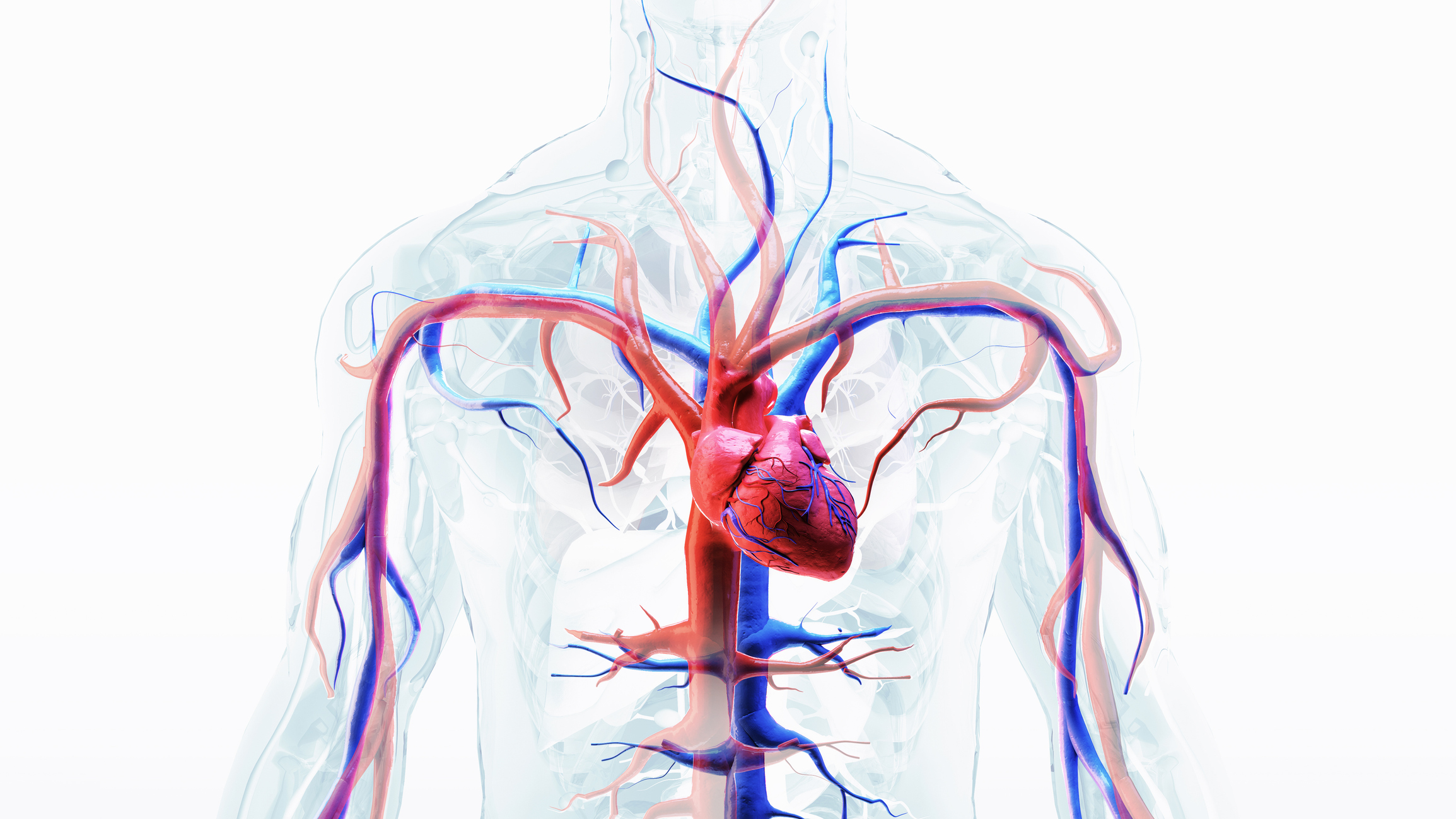What If Your Body’s Highways Got a Traffic Jam?

Ever wonder why you sometimes feel sluggish or why your hands and feet get cold out of nowhere? Here’s a surprising fact: If you laid out all the blood vessels in your body end to end, they’d stretch over 60,000 miles—enough to circle the Earth twice! Every second, these vessels are hard at work delivering oxygen and nutrients to every single cell. When they’re in top shape, you feel energized, focused, and strong. When they’re not, it’s like your body’s highways are backed up, and everything slows down.
How Blood Vessels Keep You Running Smoothly
Think of your blood vessels as an intricate network of roads, highways, and tiny side streets. Major highways—your arteries—carry fresh, oxygen-rich blood from your heart to your organs and muscles. Smaller roads—your veins—bring used blood back for a refill. The tiniest capillaries are like neighborhood streets, reaching every cell. Just as a city can’t function with blocked or crumbling highways, your body needs open, flexible blood vessels to stay healthy.
When these vessels are healthy, your heart doesn’t have to work overtime to push blood through. That means more energy for you, quicker healing, and a lower risk of serious problems like heart attacks or strokes. In short, happy blood vessels are the secret to feeling your best, no matter your age.
3 Common Blood Vessel Problems and Why They Happen
- High Blood Pressure (Hypertension): This happens when blood pushes too forcefully against vessel walls. Often caused by stiff or narrowed arteries, it’s like trying to force water through a kinked hose. Over time, this extra pressure can damage vessels, making them more likely to clog or burst. If ignored, it can quietly damage your heart, kidneys, and brain.
- Peripheral Artery Disease (PAD): This is when arteries in your legs or arms get clogged, usually by fatty deposits. Imagine a city with roadblocks that keep ambulances from reaching people in need. PAD can cause pain, numbness, and slow healing. If left unchecked, it raises the risk of infections and even amputations.
- Varicose Veins: These are twisted, enlarged veins—often in the legs—caused by weak valves that let blood pool instead of moving smoothly back to the heart. While not always dangerous, they can cause pain, swelling, and lead to more serious vein problems if ignored.
Blood Vessel Myths: What You Need to Know
-
Myth: Only elderly people need to worry about their blood vessels.
Truth: Blood vessel problems can start young, especially with poor diet, lack of movement, or smoking. Taking care of your vessels is a lifelong job, not just for seniors. -
Myth: If you feel fine, your blood vessels must be healthy.
Truth: Early problems often cause no symptoms. Like hidden potholes under the pavement, vessel damage can build up quietly for years. Regular check-ups and healthy habits are key, even if you feel great.
7 Simple Habits for Healthier Blood Vessels
- Move more each day. Physical activity—like brisk walking, biking, or dancing—gets your blood flowing and keeps vessels flexible. Just 30 minutes most days helps prevent stiffness and lowers blood pressure.
- Eat a heart-smart diet. Focus on fruits, vegetables, whole grains, and healthy fats (like olive oil and nuts). These foods help lower “bad” cholesterol, reducing fatty build-up in your arteries. Try adding a veggie or fruit to every meal.
- Stay hydrated. Drinking enough water keeps your blood from getting too thick, making it easier for your heart to pump. Aim for 6-8 cups a day, more if you’re active or it’s hot.
- Quit smoking (or avoid secondhand smoke). Smoking damages vessel walls and makes them stiff, raising your risk for clogs and clots. If you smoke, talk to your doctor about quitting. Even cutting back makes a big difference.
- Manage stress. Chronic stress can raise blood pressure and cause inflammation inside vessels. Try deep breathing, meditation, or a hobby you love to help your body relax. Start with 5 minutes a day and work your way up.
- Check your blood pressure regularly. High blood pressure often has no symptoms. Use a home monitor or get checked at a pharmacy. Keep a record to spot trends early.
- Limit processed foods and added salt. Too much salt can stiffen arteries and raise blood pressure. Try seasoning food with herbs or lemon instead of extra salt. Read labels when you shop.
Warning Signs It’s Time to Talk to a Doctor
- Persistent leg pain or numbness: Ongoing pain, tingling, or weakness could signal blocked arteries or nerve issues. Getting help quickly can prevent serious complications.
- Sudden swelling or color changes in your limbs: If a leg or arm suddenly gets swollen, red, blue, or pale, it could mean a blocked vessel or blood clot. This needs immediate attention to prevent lasting damage.
- Shortness of breath or chest pain: These can signal major vessel blockages or heart trouble. Don’t wait—seek medical care right away to avoid life-threatening problems.
Daily Check-In: Are You Caring for Your Blood Vessels?
- ☐ Did I move my body for at least 30 minutes today?
- ☐ Did I fill half my plate with fruits and veggies?
- ☐ Did I choose water over sugary drinks?
- ☐ Did I take a moment to relax and de-stress?
- ☐ Did I avoid smoking or secondhand smoke?
Your Healthiest Self Starts with Happy Blood Vessels
Your blood vessels are more than just pipes—they’re the life-giving highways that keep your body running smoothly. Remember: staying active, eating well, and managing stress are simple, powerful ways to protect them every day. Start with one small change, and you’ll soon feel the difference in your energy and well-being. Your future self will thank you for every step you take toward healthier blood vessels!